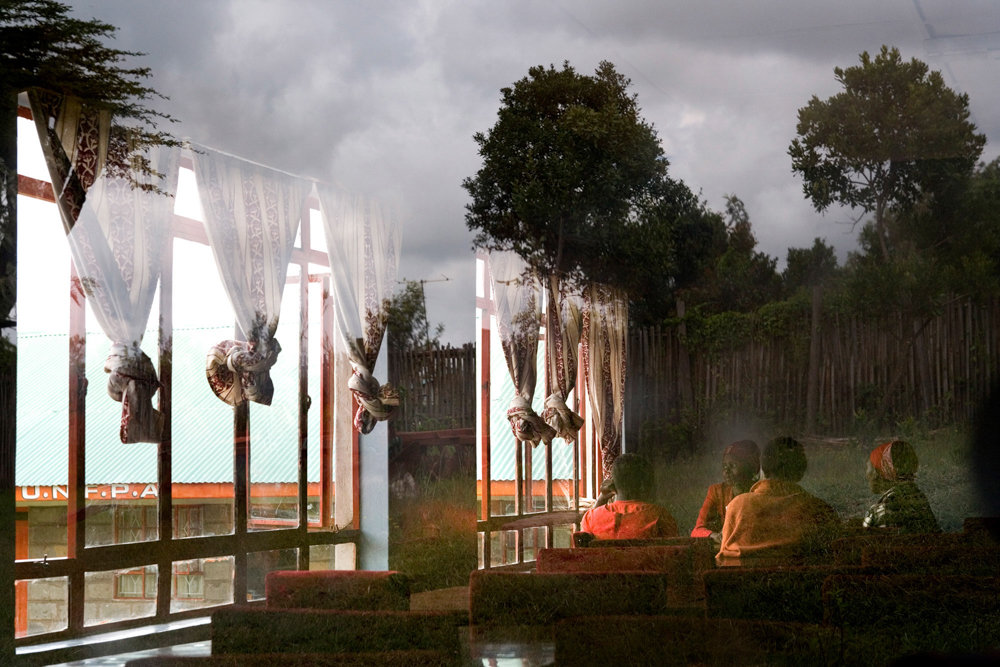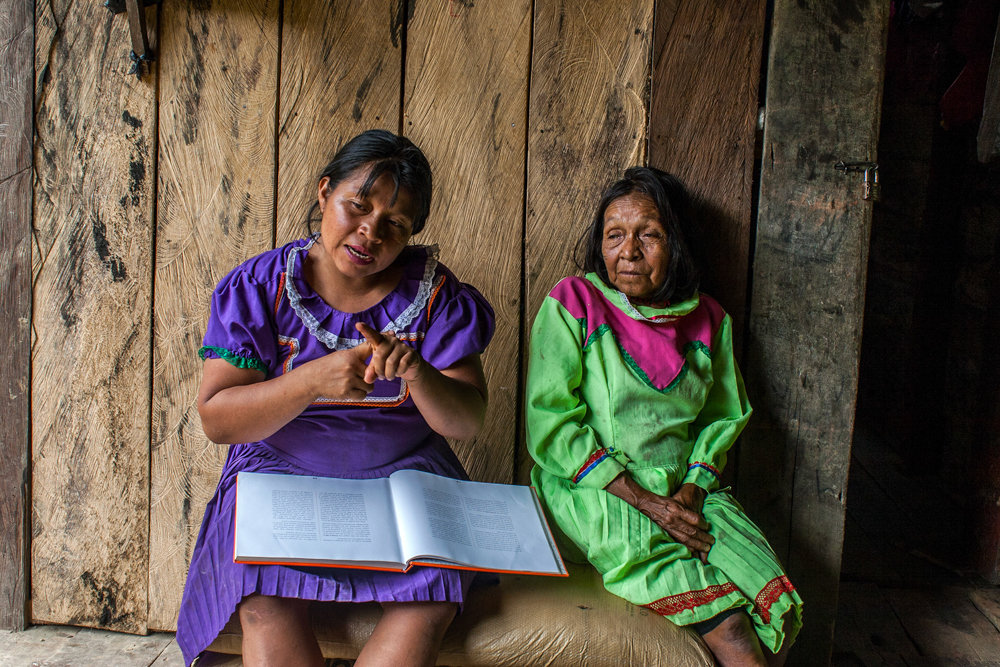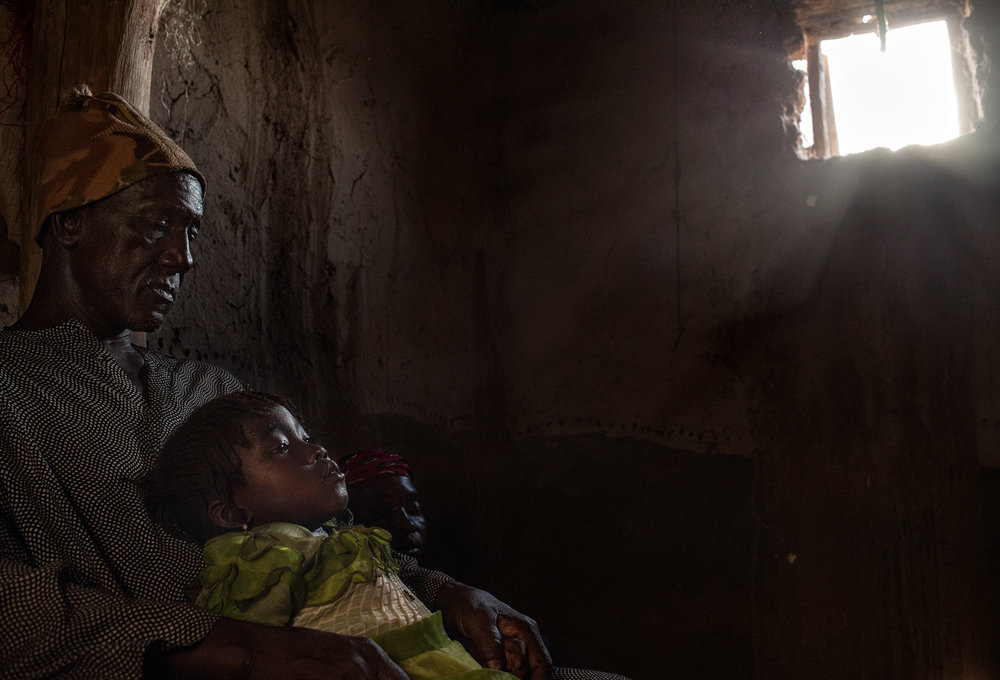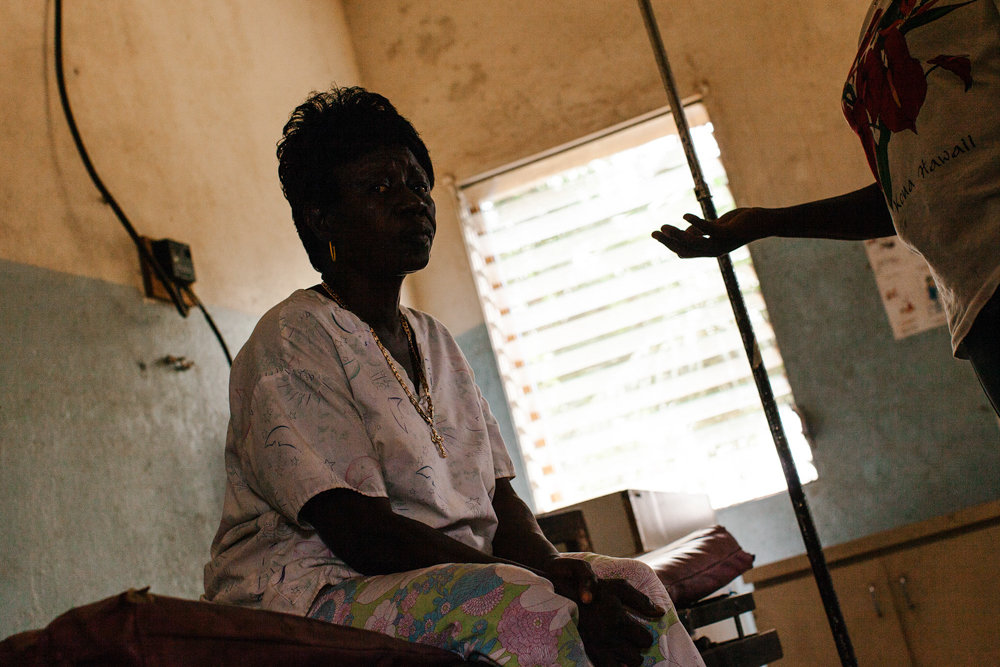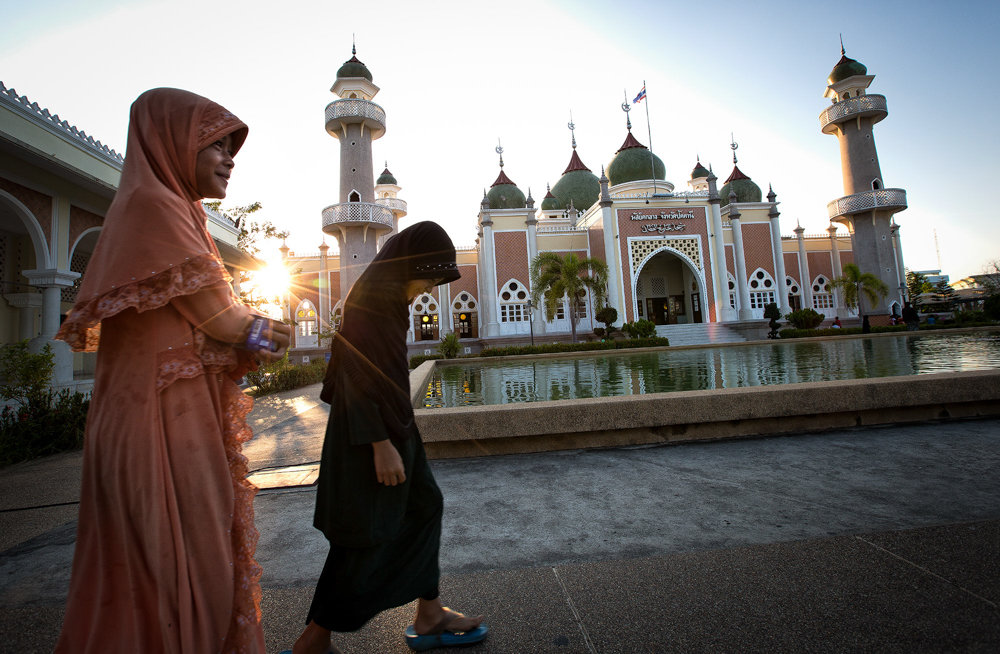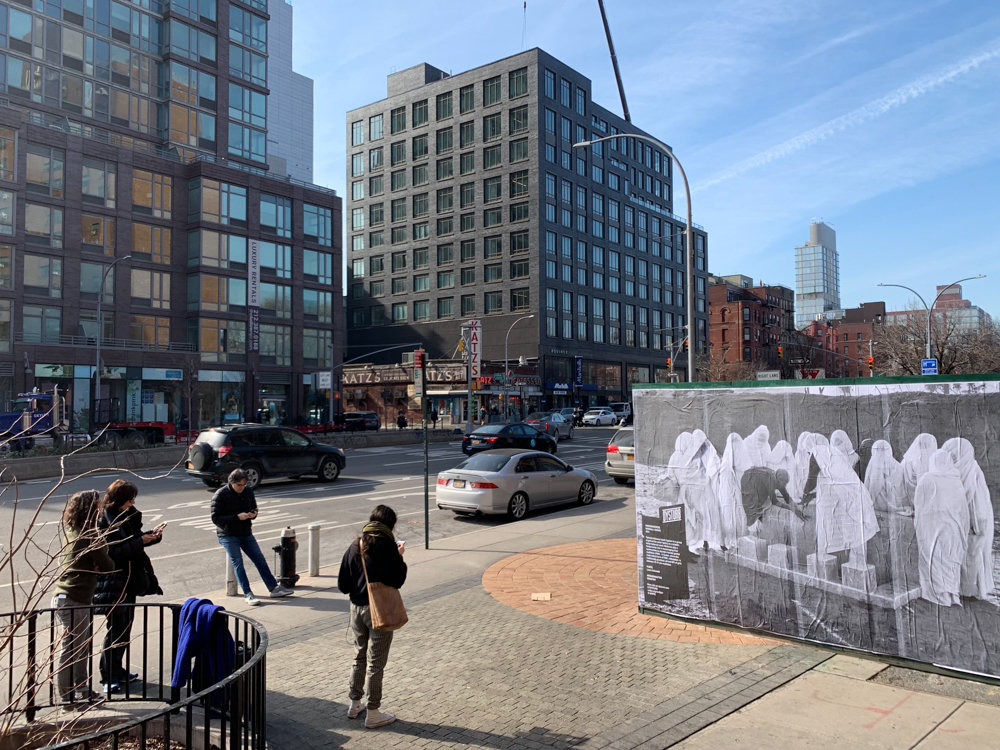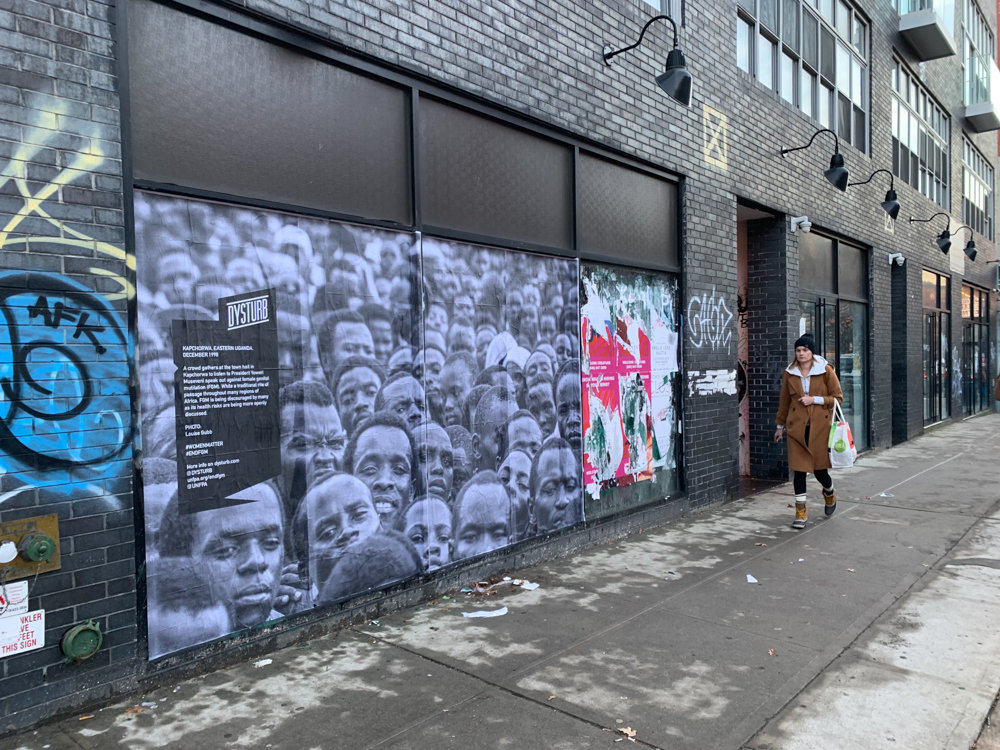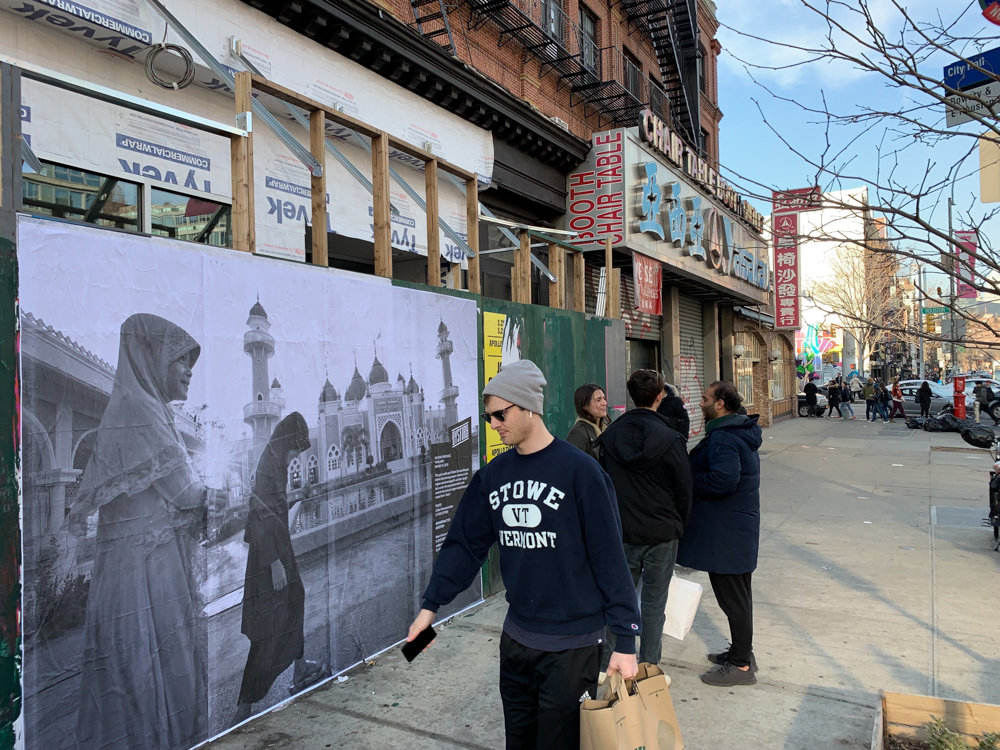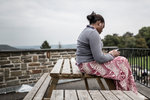Complicated fight for awareness
Tragedy has a way of flattening people into one dimension.
Survivors are often referred to by the cataclysmic events that have shaped their lives. Yet, people are more than a tragedy. Time passes, and wounds heal. With considerable effort, communities can move past their traumas.
This is the case with the communities worldwide affected by female genital mutilation, a practice that involves the cutting or removal of external female genitalia for non-medical reasons that, in certain cultural contexts, is understood to be a rite of passage for womanhood or marriage. It is, in fact, a human rights violation, according to the United Nations.
More than 200 million women and girls around the world have been affected by it, according to UNICEF, and if nothing changes, there are at least 68 million girls potentially at risk by 2030. Yet, telling that story is difficult — especially through photographs, given how graphic the practice is.
Even so, the United Nations Population Fund has partnered with the guerilla photography collective Dysturb to bring an exhibition to the streets of New York City.
Tough subject to tackle
“Female Genital Mutilation: 68 Million Girls at Risk” is on display at the United Nations Visitors Lobby, and in mural-sized images pasted up throughout the city, through March 25.
The exhibition brings together the work of 19 photographers who have worked on stories about female genital mutilation in countries like Kenya, Colombia and Thailand, among others. None of the images show the act itself. Rather, they offer a prismatic view of the practice, giving viewers another way in by showing the lives of these girls and women, survivors and activists.
Photographer Marvi Lacar wanted to tell a story about the act, but did not have any set ideas going into it. She was living in Kenya at the time, and was eventually put in touch with the Tasaru Safehouse for Girls in the small Kenyan town of Narok. There she found a community committed to protecting girls from the dangers of early marriage and female genital mutilation.
Lacar was keen to avoid tired visual tropes.
“I wanted to tell a more intimate story about their lives at their rescue center,” Lacar said.
The image of hers that’s included in the exhibition shows young girls studying in the safe house’s mess hall. Painterly in its aesthetic, the photograph is a moment of respite. The reflection of trees outside the mess hall frames the girls inside. It is a window into their lives, a contemplative, serene view of a community working to make things right.
Depicting a subject as delicate and sensitive as female genital mutilation is compounded by the fact that it is not breaking news.
The media cycle often moves at a breakneck pace, and stories have a very limited window to seize the public’s attention before they become yesterday’s news, which helps to explain the impetus behind the project.
“An exhibition of photos has a longer life,” said Nafissatou Diop, senior advisor at the UNFPA.
The exhibition coincided with International Day of Zero Tolerance for Female Genital Mutilation on Feb. 6, a day of awareness inaugurated by the United Nations in 2003.
Still legal in the U.S.?
Awareness is crucial because it is not a practice relegated to a few cultures in faraway places. It knows no country.
“It is not a cultural issue,” said Christian Delsol, a media specialist with the UNFPA. “It is a gender issue.”
While it has been banned in more than 30 countries, a federal judge last year struck down a 20-year-old law in the United States banning female genital mutilation as unconstitutional, according to The New York Times. The ruling followed a 2017 case in which two doctors and four parents in Michigan were charged with carrying out or otherwise enabling the practice.
It was the first case of its kind in the United States, and the federal judge’s ruling was widely seen as a setback by advocates and activists seeking to bring an end to female genital mutilation.
It remains a criminal offense in 27 states.
Yet, that story, like all stories at a certain point, became yesterday’s news. Whereas the UNFPA did not see room in the international news cycle for stories about it, they saw fit to make room, which is where Dysturb comes into play.
“Because of the fast pace of the news cycle, we wanted to give another life to our work,” said Benjamin Petit, a French photojournalist and co-founder of Dysturb.
Founded in 2014, Dysturb brings photojournalism to the streets of cities around the world. News moves fast, which means photographs have a limited shelf life in traditional publications. Dysturb frees itself from the constraints of media by pasting mural-sized photographs on structures — buildings, walls and fences, among other things.
Throughout lower Manhattan and Brooklyn, pedestrians can find powerful black-and-white photographs from the exhibition with contextual information explaining what’s happening in the picture and the broader issue of female genital mutilation. As with previous campaigns, Dysturb does not set out to shock passersby with violent, graphic photographs.
“We believe that we don’t have to use this kind of imagery to make a point,” Petit said.
Rather, each photograph has the potential to start a conversation. By giving viewers something to consider, Dysturb can educate and engage the public, rather than turn them away.
The story the UNFPA and Dysturb seek to tell is one of progress and change. There is a crisis, and while it might not dominate headlines, it needs to be made visible in order to continue making progress.
“Many different actors have a role to play, especially men,” Delsol said. “The role that men can play is if a whole village makes a pledge to marry uncut girls.”
In New York City, Delsol and Diop believe in photography’s potential to inspire action.
“Everybody can do something,” Diop said, whether it’s talking about the subject with others or writing letters to elected officials urging them to do something.
For photographers like Lacar, it is more complicated. Photographs have a tendency to take on lives of their own once they’re published. Some have immediate effects, like the 1972 image of Kim Phuc, dubbed “Napalm Girl,” that fundamentally changed the course of the Vietnam War. Other photographs take time to have an effect.
“You’re part of a step,” Lacar said of photographers working to raise awareness.
“But there’s no closure in that feeling.”

